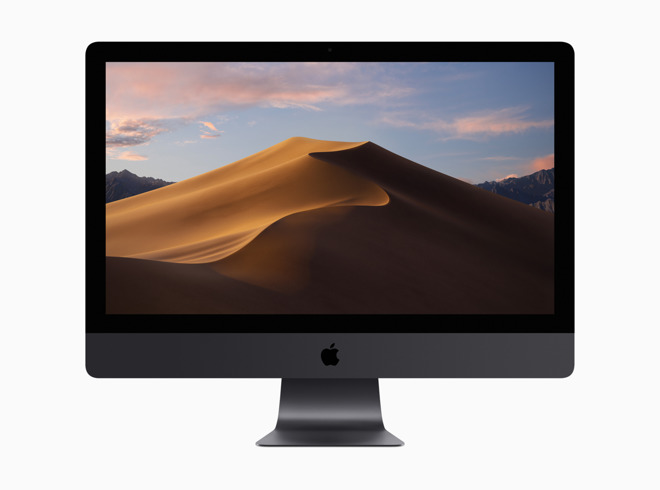External Storage For Mac

External Storage For Macbook Air
I feel old saying this, but having used computers since before external hard drives existed, I can say with certainty that buying a hard drive is easier today than it’s ever been before. For traditional drives, prices are low, options are numerous, and capacities are so high that your only choices are “enough space,” “more than enough space,” and “way more than enough space.” I could point you towards a and end this article without another paragraph. Since Apple doesn’t even sell a Mac with that much disk space, you could back up five (or more) computers to that drive without running out of room. Or you could store a decade worth of digital photos alongside a giant media library. But buying an external hard drive isn’t necessarily that simple. There are a bunch of factors worth considering before making a purchase, including everything from reliability to portability, design, capacity, speed, and connectivity. Some hard drives are really cheap but have a higher chance of failing after a year or two of heavy use.
So in this How-To, I’m going to discuss the big issues you need to consider, and guide you towards the best external hard drive for your needs Quick Overview Most hard drives are guaranteed to work for one to two years no matter what you do with them, ranging from occasional backups to continuous video streaming. They’ll generally last much longer if you don’t use them every day. However — and this is really important — if you keep a typical drive mechanism running 24 hours each day for two years, it’s going to burn out. Hard drive longevity used to be measured with an estimate of “Mean Time Before Failure” (MTBF). Each year has 61,320 hours, so a drive with a MTBF of 300,000 hours would promise to last 4.9 years if actively used 24 hours each day.
Desktop drives typically promised higher MTBFs than laptop drives, but there were exceptions. Unfortunately, MTBF numbers were only predictions — and often inaccurately high. Consumers complained. How to get minecraft for free on mac 2018.
So drive makers switched to a different but even less useful metric: Annualized Failure Rate (AFR), which estimates the percentage of total drives made that will fail in a year due to manufacturing defects. All an AFR of “0.73%” suggests is that 7,300 of 1,000,000 drives will likely develop problems in year one due to defects rather than abuse. That low percentage may seem reassuring, but it obscures the reality that heavy drive use increases failures over time, and some drives are much better-suited to heavy use than others. My advice: purchase your drive with a specific purpose in mind. If you’re backing up precious photos, home videos, or important files, buy a name brand, desktop-sized hard drive from a company with a track record of reliability, and pay a little more for it.
Rugged, portable, and trendy, external solid-state drives (SSDs) are the obvious path these days to netting fast extra storage for your PC or Mac. And although it's not nearly the household name. Here are the best Mac hard drives and external storage options for your Mac in 2018. Find out which Mac hard drive can help you increase your Mac's storage or safely back up your Mac.
Note the ‘ Display Plot styles’ Check box. I like this setting – others don’t, but now you know where it is.  If you have this clicked you will see a real time ‘Plot Preview’ showing how this particular pen table will look when you plot.
If you have this clicked you will see a real time ‘Plot Preview’ showing how this particular pen table will look when you plot.
Best Backup Drives For Mac
This is another good external storage drive for MacBook’s. They use WD hard drive inside within their enclosures so it will be reliable. They have added an enclosure on top of WD hard drive to add the USB-C connection and provides USB-C to Micro-B cable along with it which can be used with any of latest MacBook Models.